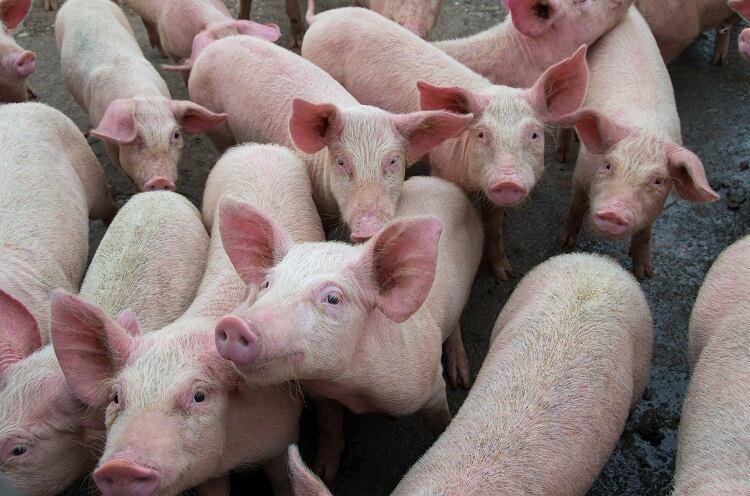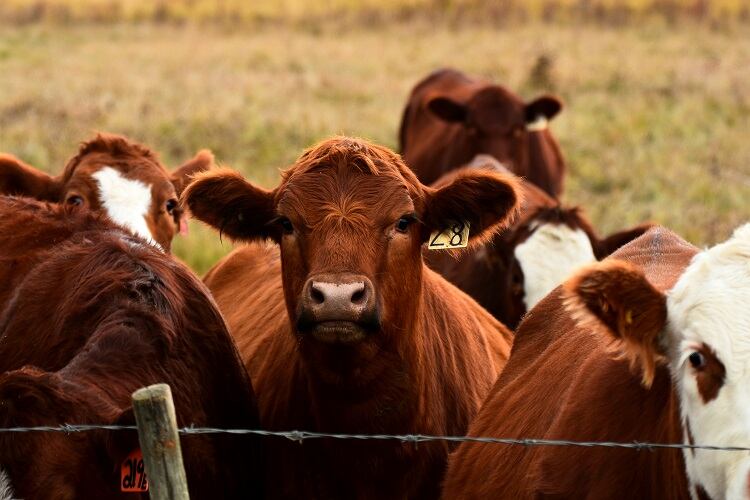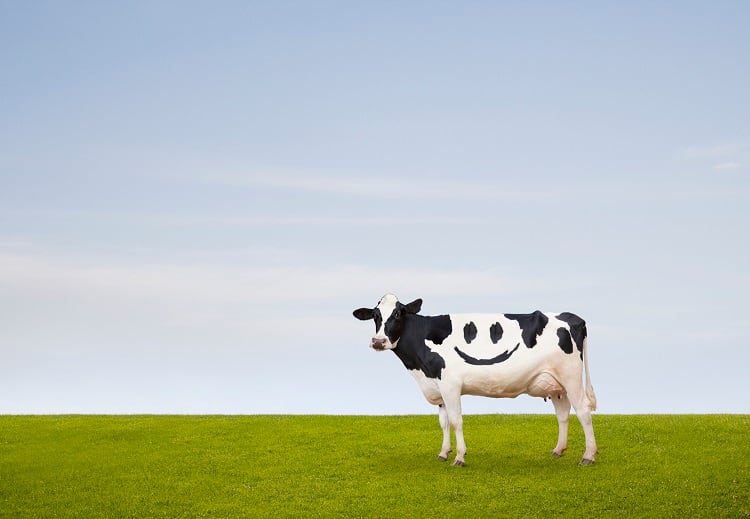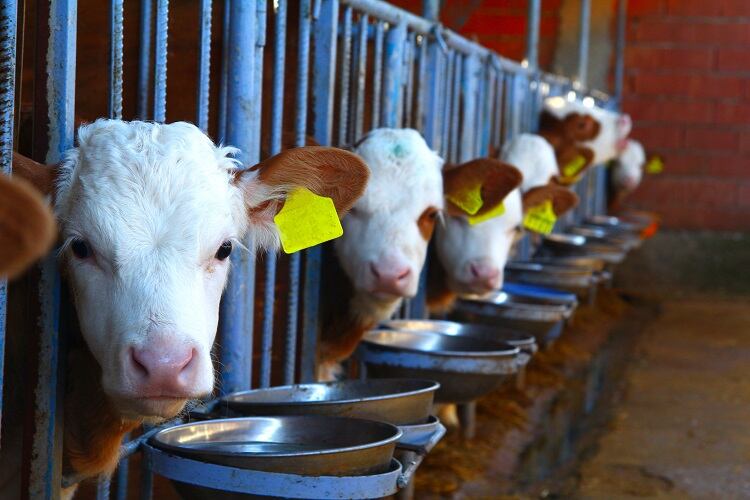European consumers care about animal welfare. In a 2016 Eurobarometer survey, 94% said protecting the welfare of farm animals is important, and 89% said there should be EU legislation that requires people to care for animals used for commercial purposes.
To ensure animal welfare standards on-farm, however, workers typically rely on hands-on observations and measurements. This increases the frequency of animal-human interaction and can lend itself to subjective welfare assessments.
But what if there was a way to monitor farm animals’ emotions from afar?
Applying facial recognition tech to cows and pigs
Associate Professor Suresh Neethirajan believes facial recognition technology – as has long been used at international border checkpoints and in password systems on smartphones – can be adapted to identify animals’ emotional states, and ultimately, improve animal welfare.
So far, this technology has been used to identify species such as cats, sheep, large carnivores, and certain primates. Neethirajan, who has developed Wageningen’s own WUR Wolf Facial Coding Platform, is using it on two common agricultural animals: cows and pigs.
The technology picks up on visual cues, including tension in the neck, the shape of the eye, tension in the brow, nose bunching, and position of the ears.
Such cues can be used to depict the level of discomfort an animal is experiencing. If the white of a pig’s eye is showing, for example, it may indicate aggression. When a pig’s ears are pinned back against its head, it may indicate a negative emotion or aversion.

And all from afar. For non-domesticated animals, the presence of human observers can be a stressful experience and alter their natural behaviour, noted Neethirajan in his research paper. “Facial recognition software allows researchers to review high-quality video and photo evidence of the subject’s emotional expressions without any disturbance.
“Researchers can even record the identification and actions of multiple individuals within a group of animals at the same time…”
Impact on animal agriculture
Neethirajan suggested the impact this technology could have on animal agriculture is significant. The detection of animals experiencing stress, for example, could help farmers identify medical complications.
Meat quality is also a factor, he told this publication. “A happy cow or pig is a more productive cow or pig. Affective states or emotions of farm animals influence not only the quality of life of the animal and welfare, but directly impacts the meat quality.
“Levels of varying cortisol, oxytocin, dopamine, and other emotions indicating biomarkers greatly affect the quality of the meat.”

As facial recognition could also help assure regulators and consumers of animal welfare standards, the researcher suggested applying this technology could help increase meat price.
“There are parallels one could draw with organic food farming in the utilisation and realisation of technology for the business case,” he explained.
“Technology will help meat producers with high animal welfare standards demand premium prices due to sustainability [standards].”
Source: BioRxiv
‘Happy Cow or Thinking Pig? WUR Wolf – Facial Coding Platform for Measuring Emotions in Farm Animals’
Published 11 April 2021
DOI: https://doi.org/10.1101/2021.04.09.439122
Author: Suresh Neethirajan





